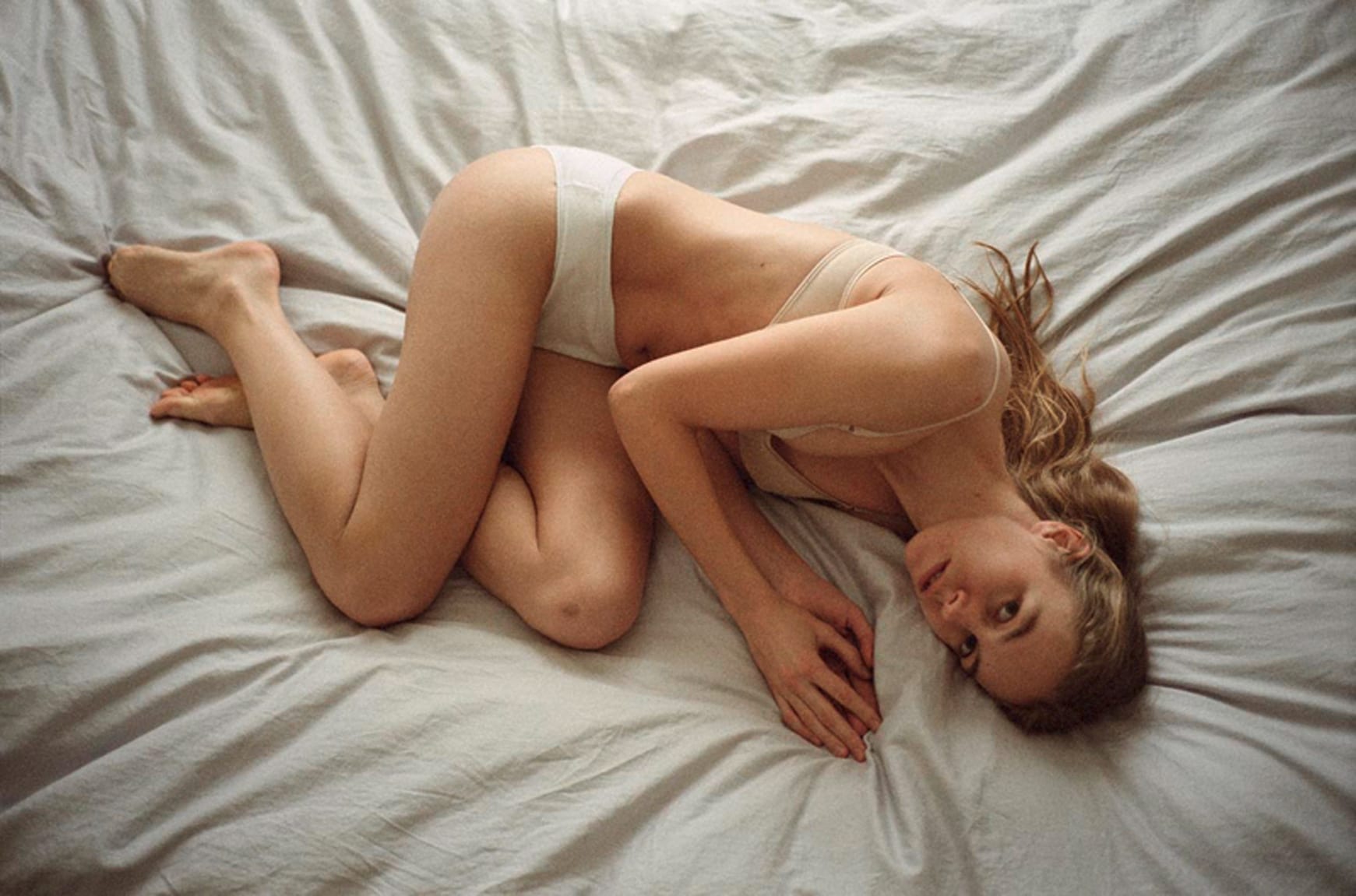
You look like love. There is something irreplicable about being captured by a lover. On film, through the lens of a camera phone, in paint or pencils, we are seen through a gaze more knowing and tender than we ever thought possible. Swedish photographer Jenny Rova's new exhibition (originally comissioned as a print publication) explores this exact sub-genre of portraiture - moments in time lensed by ex-lovers - for Head On Photo Festival 2019, Australia’s largest annual international photography festival. Celebrating its 10th year, Head On will feature a series of 55 portraits of the artist, taken by nine of her ex-boyfriends and lovers across a 25-year period. In the lead up to the festival which takes place across multiple Sydney venues between May 4 - 19, we talk to Rova about Älskling: a self-portrait through the eyes of my lovers, the male gaze and embracing vulnerability.
What inspired you to create this personal exhibition?
I came to the idea when I was digging through my personal archive for another reason and discovered some very intimate images of myself taken by my ex-boyfriends with my camera. I found the images interesting and was asking myself if it would be possible to create a self-portrait through other people’s eyes. Their way to experience me would stay in the foreground.
I’m interested in the gaze and how we are looking upon each other. How you are looking at me [is] shaping me to how I am. You are measuring and evaluating me with your gaze. My way to look upon myself is based on how you see me. At the same time the way you are looking at me [is] telling something about you. So the work/series can also be seen as indirect portrait of the photographer, the partner behind the camera.
"I can’t say there is a straight purpose behind the work. It’s not in anyway a statement. To me it's more like an open question: is there a gaze of love or attraction?"
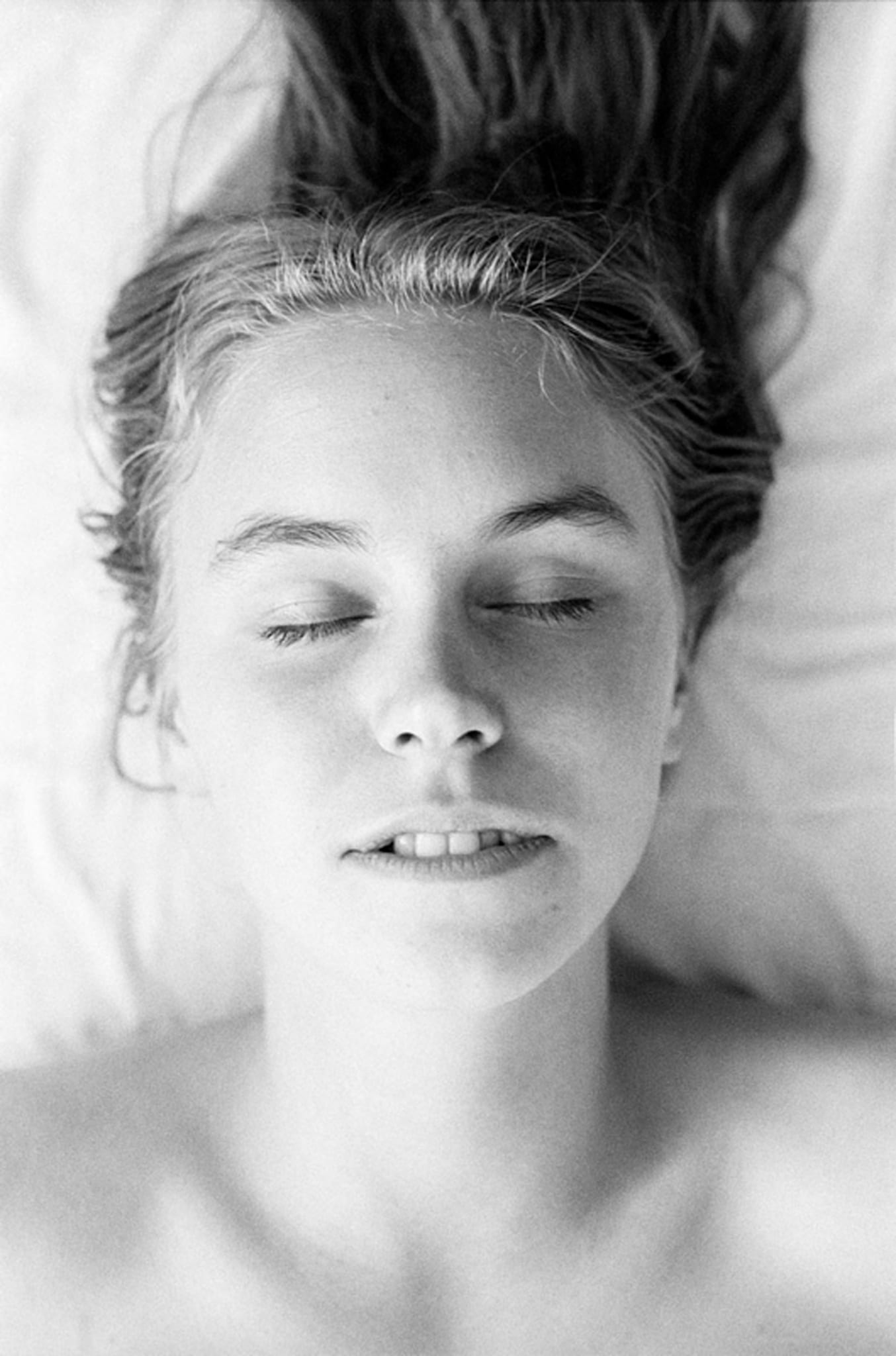
"I’m interested in what’s considered to be very private and what’s considered to be universal. What are we showing and what are we hiding?"
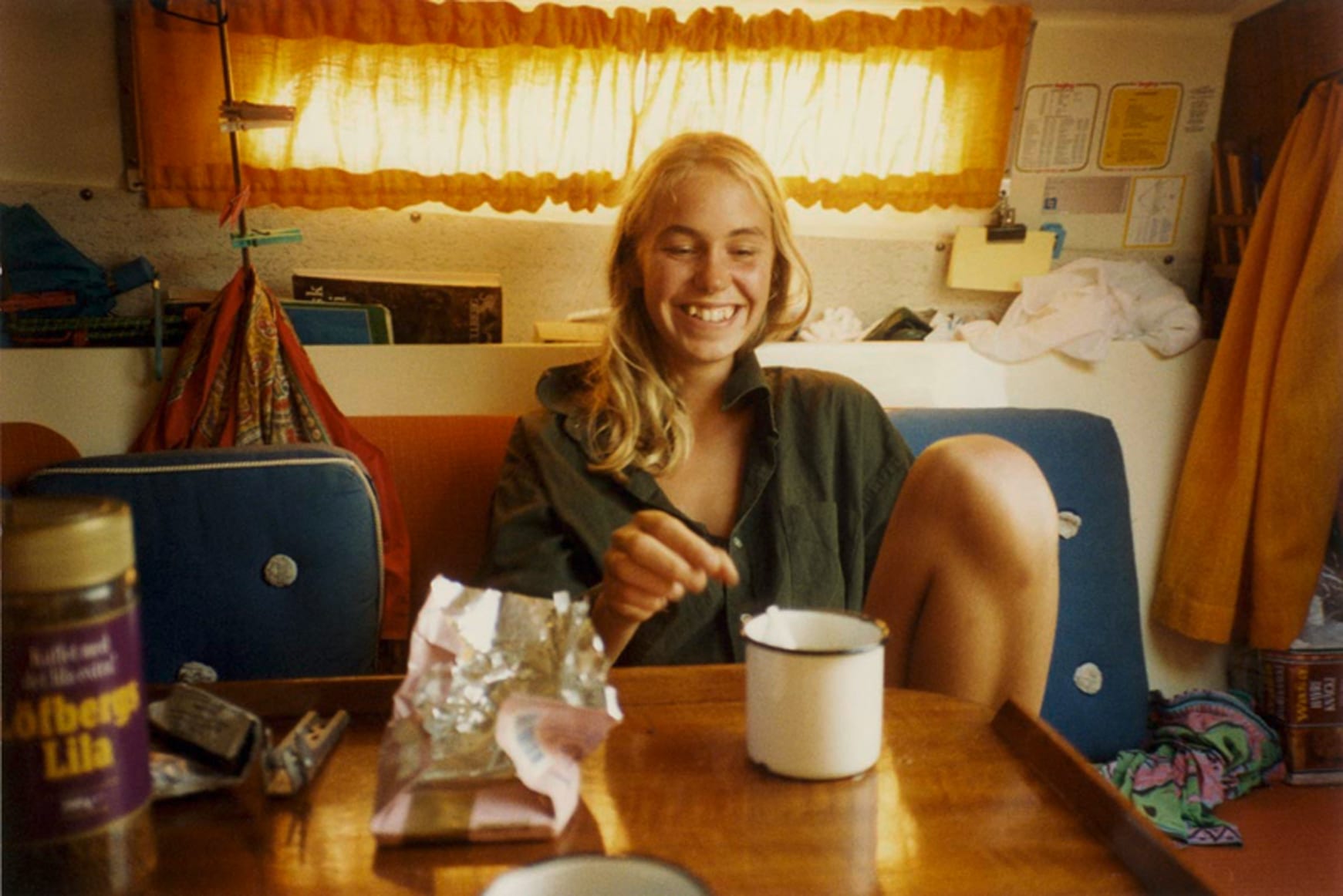
How long did it take you to acquire all of the photographs?
I was working intently for six months to get hold of as many photos as possible.
Has photography always been your primary artistic medium?
Yes, I always start out with photography but it happens that I end up somewhere else. With drawings, texts or interviews or someone else's material.
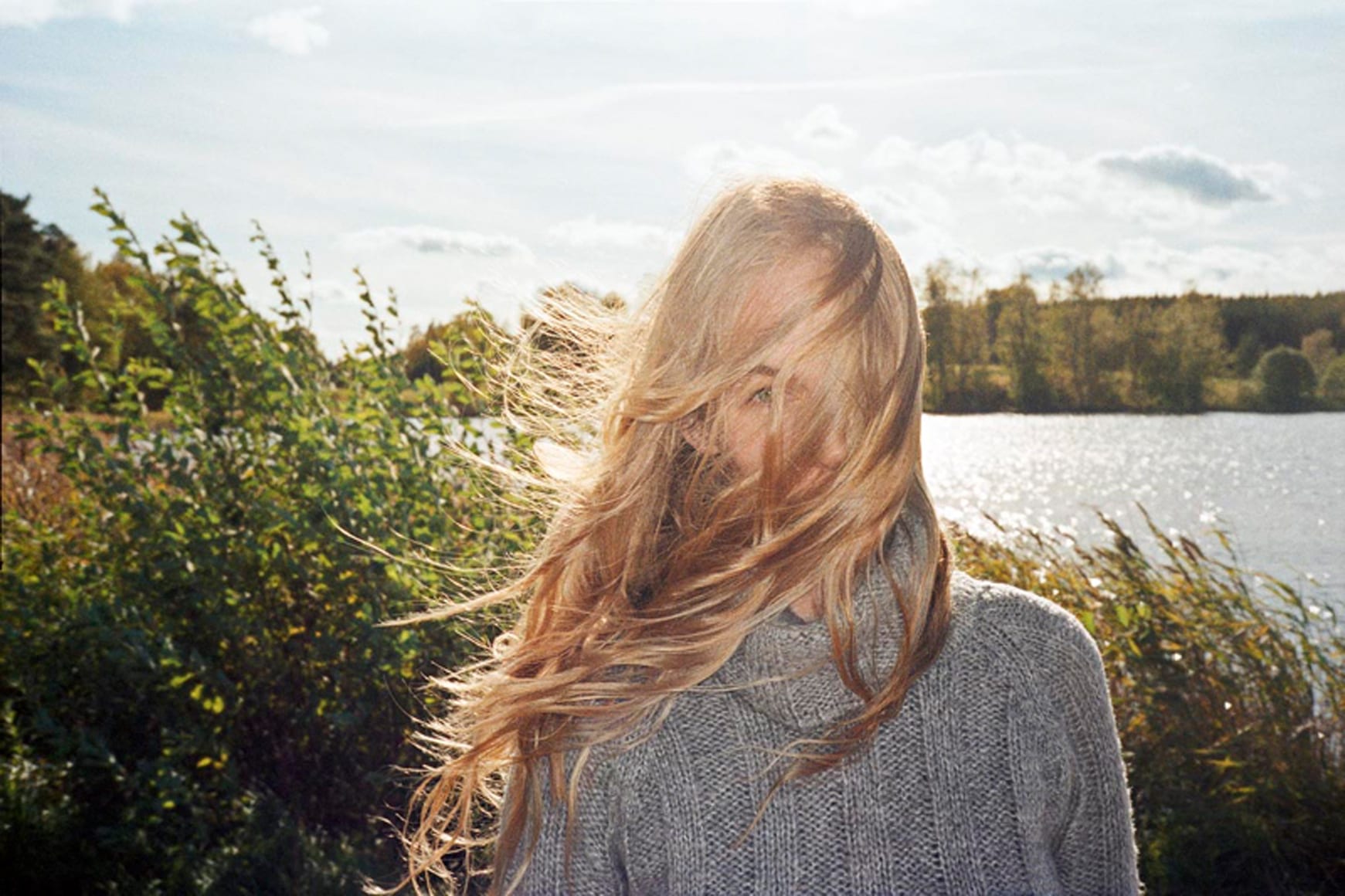
Your past exhibitions have a similar focus on relationships and the body. What is it about these themes that interest and drive you to create?
My work grows out of my personal experiences, strong experiences that I cannot ignore. But [they are] experiences that I share with most other people as well (falling in love, falling out of love, the pain and grief of being abandoned, jealousy, happiness, etc) ... Especially when it comes to photography I find it very interesting.
What all the photos in Älskling have in common is that none of them were taken with the intention to be shown in public. They are a private moment between two people. So when I take them and show them in an exhibition or in a book theyhave a completely different impact.
Do you have a favourite or most ‘authentic’ self-portrait amongst the collection?
All the images in this series have the same authenticity. That’s important. But the image that triggers the strongest feelings in me is a simple portrait. It is in some sense not a very good photograph, it’s poorly composed and overexposed. But every time I see the picture I remember how unreservedly in love I was when that picture was taken. I don’t think I will ever dare to fall so deep in love again.
Were any of the images hard to revisit?
When I received all the material and started to edit it I got surprised. A lot of pictures I had forgotten that they [were] even taken. All kinds of feelings were hidden in these images. Yes, some of the photos it was hard for me to see again because they remind me about hard and violent times. Others give me a strong feeling of loss and failings. Others makes me happy and make me feel love.
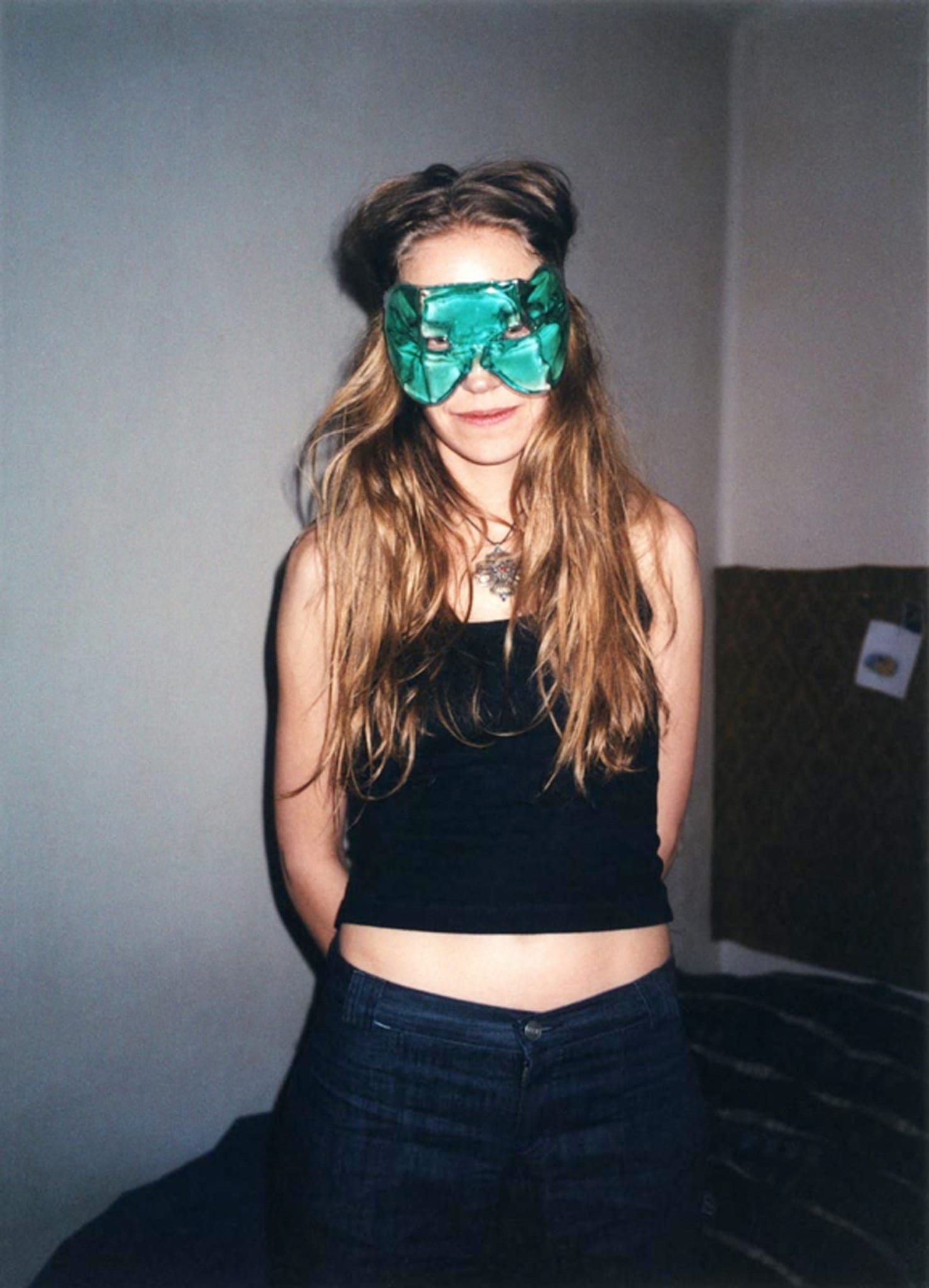
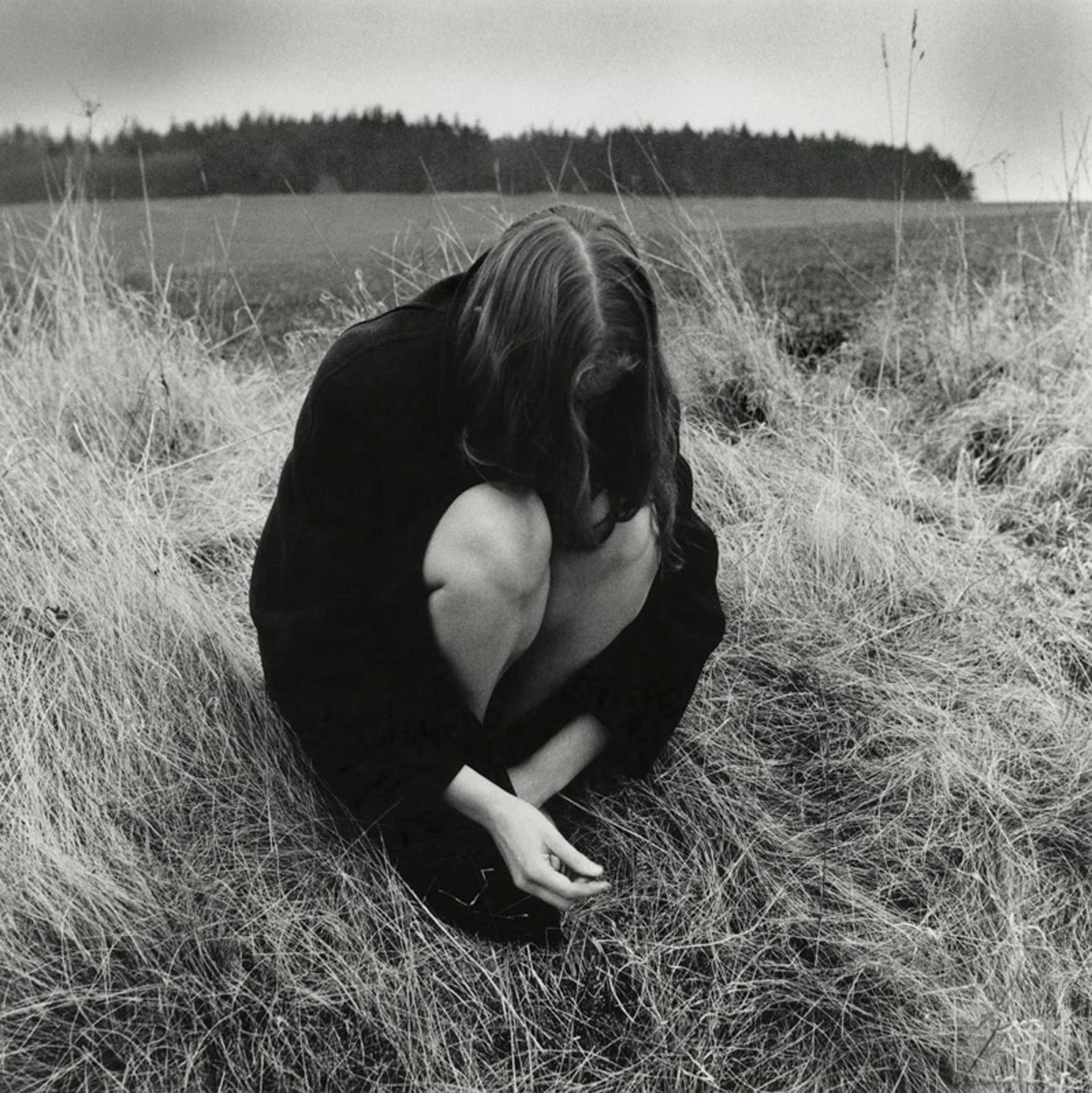
Was it difficult to get in touch with all your ex-partners to collect these photos?
Yes, it was detective work ... I didn’t manage to get hold of all of my ex-loves. One had passed away. Of one I only have the first name and know that he was growing up in the same city as Alanis Morissette. One had lost all his negatives and could only send me one old print. One couldn’t get hold of all of his material because they were in his ex wife flat and she refused to let him in. My very first boyfriend hadn’t taken one single photo of me even if we were together for three years, it was different times, not everyone was photographing everything all the time. One didn’t want to participate.
"The process was very interesting to me, maybe the most interesting part of the work. To learn about my exes destiny and be in contact again."
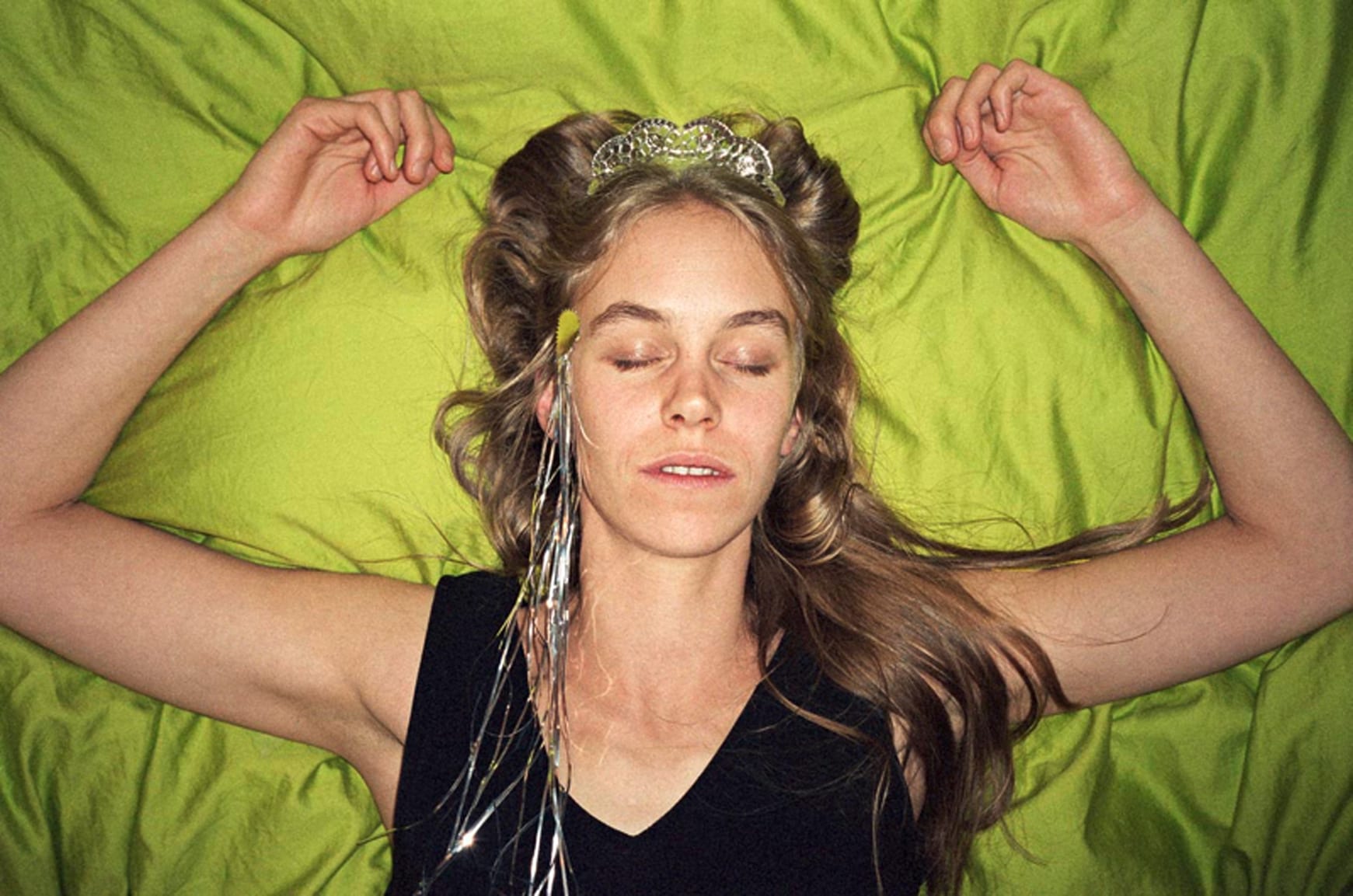
How and where do you seek inspiration?
I always start by doing, and while working the ideas develop. I often work on some projects at the same time. I can work for many years on one thing. Right now I’m working on a project I have continually been working on since seventeen years. I don’t search inspiration, I bump in to things I find interesting and I’m trying them out.
Who are some other artists that inspire you?
I’m triggered by Marina Abramovics, Sarah Lucas, Sophie Calle, Tracy Emin, Susan Meiselas, Francis Alÿs, Alfredo Jaar, Seiichi Furuya and Helene Schjerfbeck’s work.



